9 Best TikTok Alternatives for 2026 (in Case the Ban Goes Through)
With uncertainty about TikTok’s future, explore these alternatives to make the most of your short-form video content and capture user’s attention.
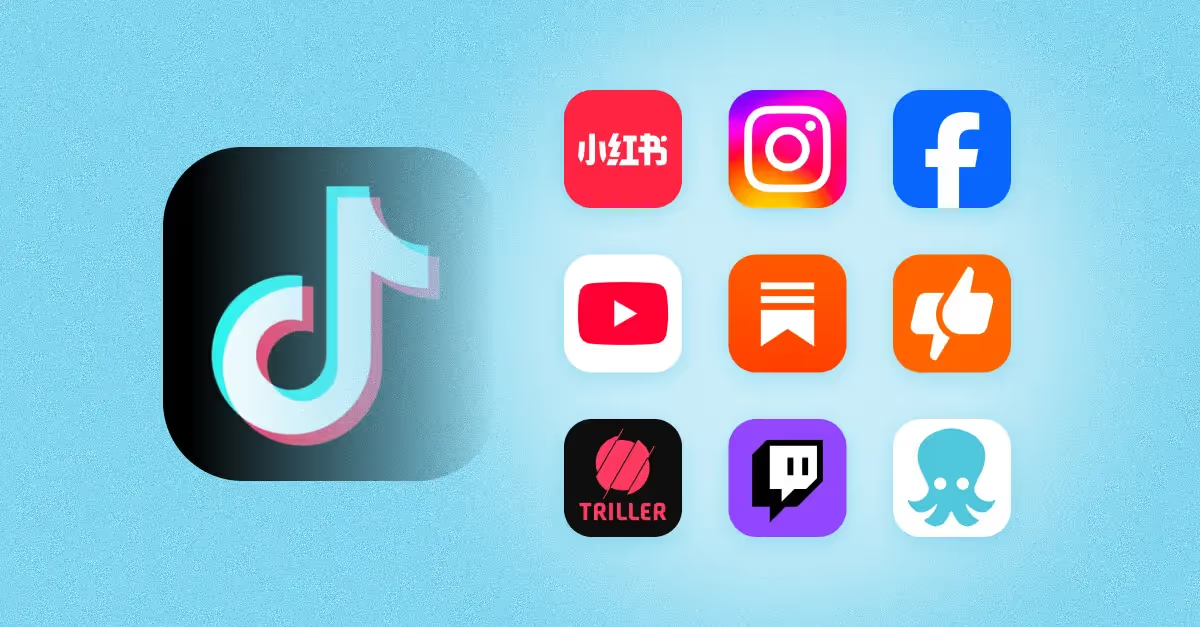
While the TikTok ban seems more and more unlikely (although we don’t want to jinx it), the POTUS plans to review the ban on September 17. Will this result in the ban being pushed again? Will the US reach an agreement with ByteDance?
While we don’t know the future of TikTok in the USA, what we do know is that brands shouldn’t wait around for answers. Whether you’re building a contingency plan or exploring new channels for reach and engagement, it’s worth getting familiar with the TikTok alternatives that could fill the gap if needed. You might even find a new platform worth posting on.
TL;DR:
- Brands can navigate the TikTok content by linking to key product pages from their other social platforms
- Incorporate impactful CTAs across all of your social media channels
- Leverage email marketing to repurpose your most impactful TikTok content
- Optimize your overall digital footprint with social media SEO
- Don't be afraid to repurpose TikTok content across other platforms
Top 9 TikTok Alternatives for Your Brand Strategy
Here are nine social media platforms that brands, creators and even passive users could explore as a TikTok alternative.
1. Rednote/Xiaohongshu
Rednote was arguably the most popular platform for TikTok viewers when the app went dark for 14 hours on January 19, 2025. This app bears the most similarity to TikTok’s interface, making it familiar territory for those who aren’t ready to say goodbye to TikTok.
It also reaches a similar age demographic as TikTok, with millennials and Gen Z comprising the largest portion of its audience. Most Rednote users are between 18-35, with about 50% being born post-1995 and about 35% being born after the year 2000. This also makes it a great option for brands who prefer TikTok for its ability to reach and cater to these generations.
Best for: Fans of the TikTok interface
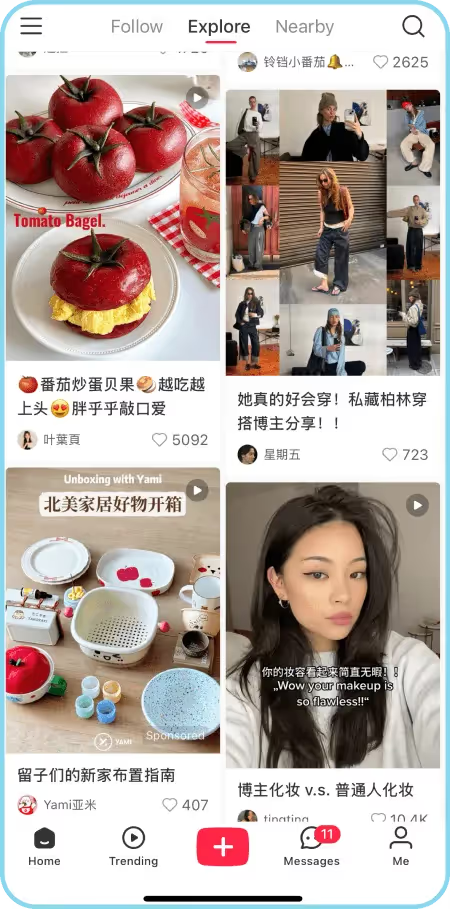
2. Instagram Reels
Luckily, most brands are already active on Instagram Reels, likely making it the most natural transition from TikTok. The format is nearly identical and brands can reuse short-form video content with minimal edits. Use trending audio, punchy captions and high-quality visuals to stay competitive.
Lean into behind-the-scenes clips, product demos and creator collabs. Instagram’s built-in audience and discovery features like Explore and Instagram hashtag search still give Reels strong reach; especially when paired with Product Tagging and LikeShop for a seamless journey from discovery to purchase.
Best for: Instagram creators, niche communities
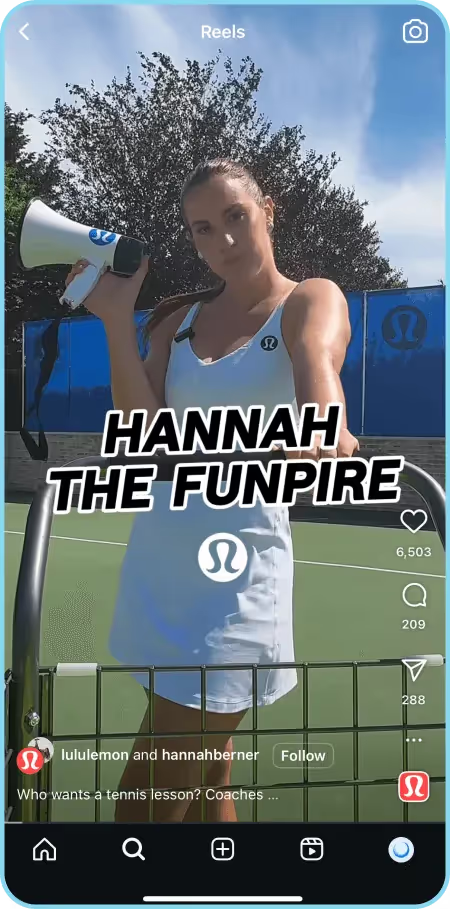
3. Facebook Reels
Facebook Reels aren’t the flashiest, but they reach a wide, often older demographic that’s ready to buy. For brands targeting Millennial and Gen X shoppers, this is an underutilized space with strong buying intent. Brands can repurpose TikTok content to engage followers who may not be active on TikTok or Instagram. Focus on storytelling, user-generated content and bite-sized tutorials.
Facebook’s native tools also make it easy to boost content, retarget paid ads and drive traffic to your site, making Reels a practical channel for pushing awareness and conversions.
Best for: Facebook creators
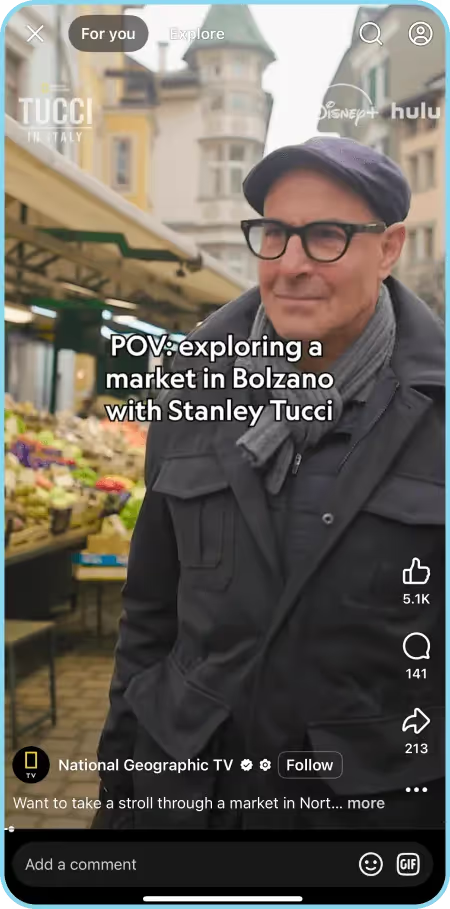
4. YouTube Shorts
While viewers flocked to Rednote during January's brief TikTok blackout, many TikTok influencers were sharing plans to launch or revive their YouTube presence. This included calls-to-action for YouTube subscriptions to asking followers the type of content they’d like to see most. With so many creators planning a move to TikTok, YouTube Shorts is a natural next step for many brands, especially since the format and interface is similar to TikTok’s; meaning that it should be easier for brands to repurpose content for the platform.
Best for: YouTube creators and fans, Long and short-form content
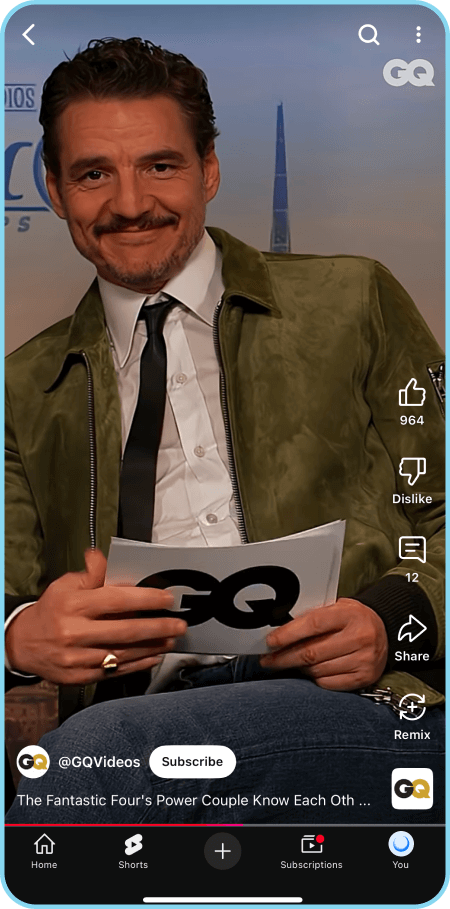
5. Substack
Substack is built primarily for long-form, written content, but can be a useful platform to explore if your brand has created long-form or multi-part TikTok content. While Substack isn’t a direct TikTok replacement, it gives brands a great platform to deepen relationships with their audience. Use it to share product education, trend analysis or behind-the-brand insights in newsletter format.
You can even experiment with embedding short-form video content from other platforms to give your writing a visual edge. Substack lets you own the channel, build a loyal community and keep conversions steady even if your reach dips elsewhere.
Best for: Long-form creators
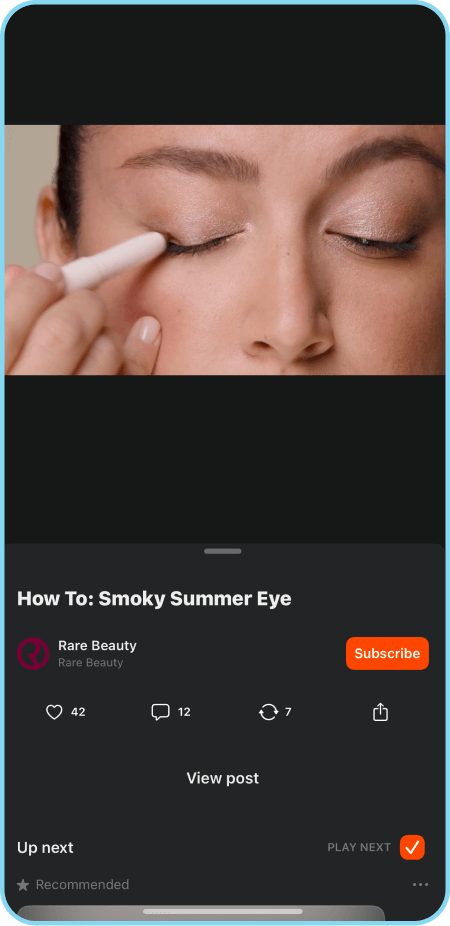
6. Clapper
Clapper is one of the closest TikTok-style platforms in both format and tone. It encourages authentic, unfiltered video and allows for direct engagement through comments and DMs. Brands can carry over TikTok tactics like community-first content, duets and storytelling; but may need to put more focus on building new audiences.
It’s less saturated with ads, giving early adopters an edge, plus offers more organic reach, giving brands a chance to stand out before the platform scales.
Best for: Niche and community-driven creators
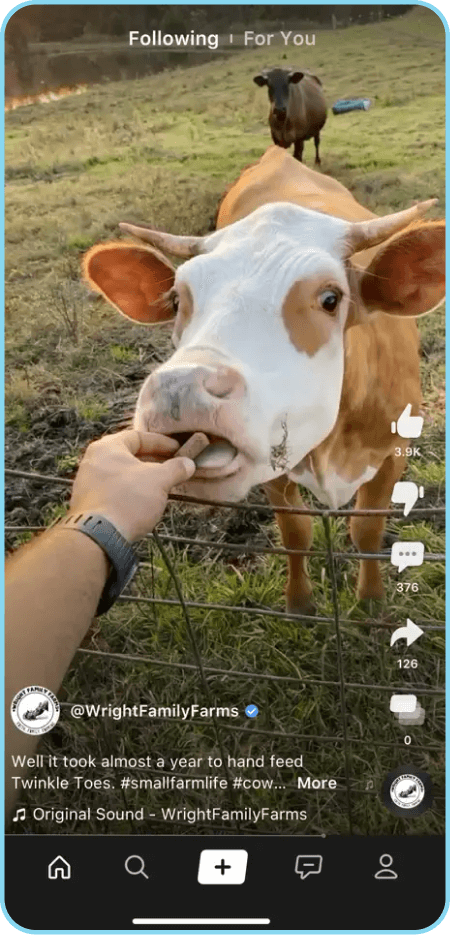
7. Triller
Triller is built for music and culture-first content, so it’s a strong fit for brands in fashion, beauty, entertainment or fitness. Think big-ticket events, high-energy videos, influencer collabs and music-driven campaigns.
The platform skews younger and favors bold, attention-grabbing creative that taps into pop culture moments. Like TikTok, you’ll want to prioritize entertainment over polish.
Best for: Sports events, music creators
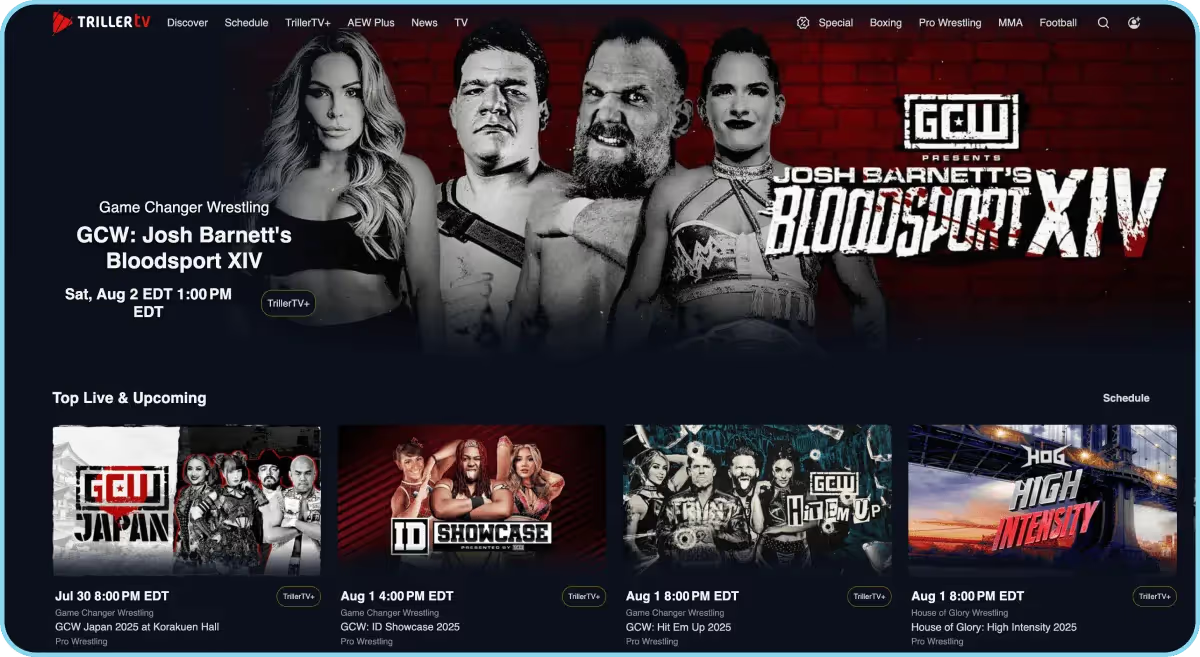
8. Twitch
While Twitch is better known for livestreaming, brands can tap into its creator network to host live product drops, Q&As or even unboxings; mirroring the live shopping experience that’s taken off on platforms like TikTok and Instagram.
Work with creators who align with your audience and co-create content that feels organic to their channel. For brands developing a Twitch strategy, look for creators with a loyal chat community and high viewer engagement to drive real-time interaction. It’s especially effective for gaming and tech; with lots of opportunity for lifestyle and CPG industry brands to cement their presence as early adopters in a category that’s still wide open.
Best for: Livestreaming creators
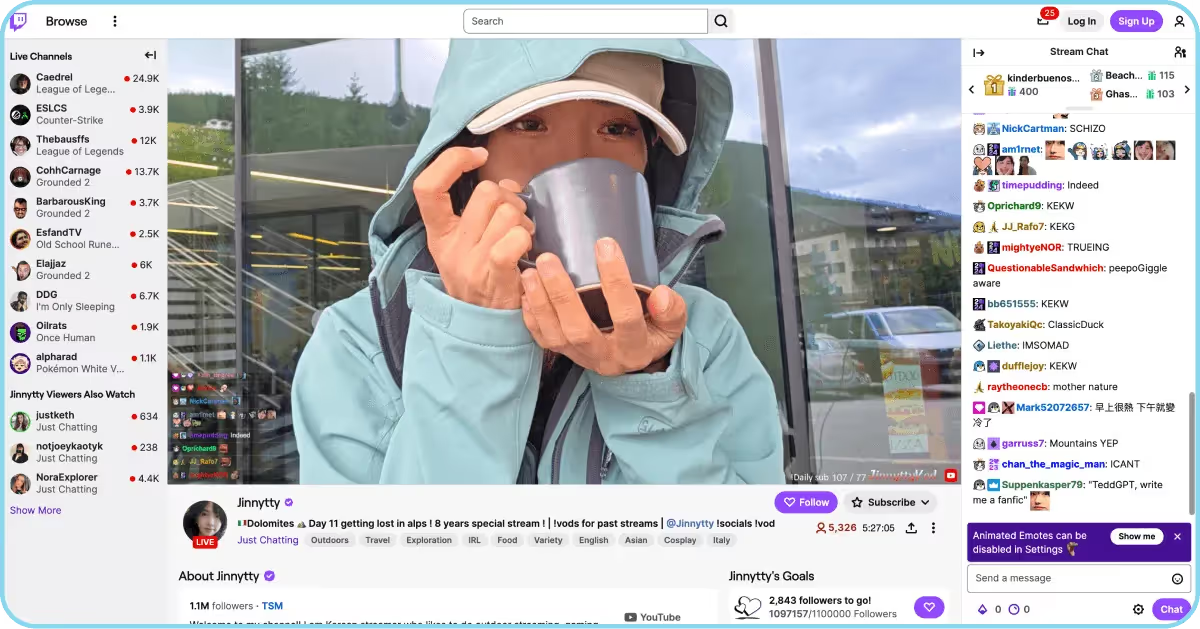
9. Neptune
Neptune is an emerging short-form video platform attempting to carve out space for creators in the post-TikTok world. While still growing (and set to launch on July 31), it offers a TikTok-style experience and encourages discovery through personalized feeds.
Brands can experiment here by reposting TikTok content, testing niche campaigns or building first-mover advantage. If your audience is Gen Z or early adopters, Neptune is worth keeping an eye on.
Best for: Highly-customizable algorithm

5 TikTok Shop Alternatives
TikTok Shop shook up social commerce, boosting millions in sales in the past few years, driving massive product discovery and impulse purchases. With creators acting as both influencers and storefronts and brands having another commerce touchpoint for the buying journey, the feature blurred the line between entertainment and shopping in a way that felt native to the platform.
But TikTok isn’t the only social commerce player. If your brand is thinking beyond TikTok, alternatives exist that also offer shoppable experiences. However, each platform has a slightly different approach, which means your strategy might need to adjust. Here’s how to pivot or expand on what works.
1. Pinterest Shop
Pinterest’s shopping features are built for product discovery. Pinterest is more than a social platform, it’s a search engine in its own right: users come to the platform with intent, often searching for inspiration or planning future purchases. With Pinterest Shop, brands can upload product catalogs and turn Pins into shoppable content that links directly to product pages.
Pinterest also supports visual search and AI-powered recommendations, helping products surface organically. For brands with evergreen or lifestyle products, it’s a strong platform for driving traffic and conversions over time. To make the most of it, invest in high-quality Pin creative and ensure your product feed stays updated.
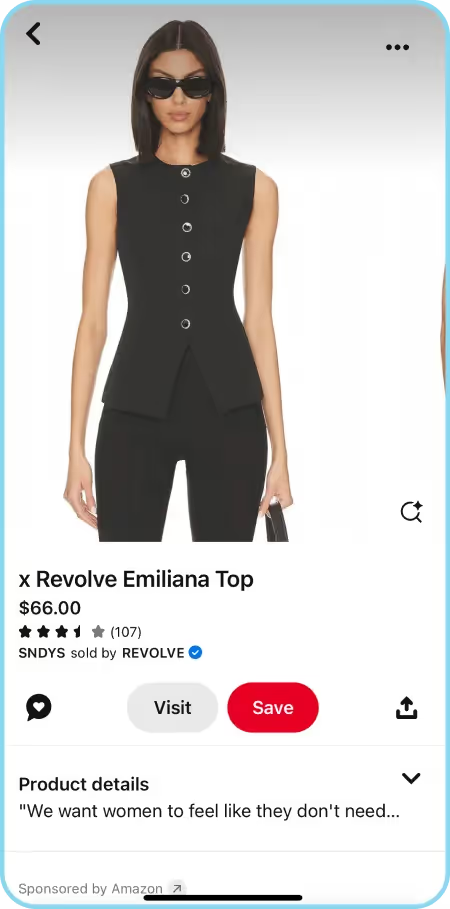
2. Instagram Shop
Even though Instagram removed the dedicated Shop tab from the main navigation, shoppable content is still very much alive. Brands can use Instagram Product Tagging to tag products directly in feed posts, Stories, Reels and Lives, so users can shop without leaving the app.
Meta continues to expand integrations with e-commerce platforms like Shopify and BigCommerce, making it easier for brands to sync their product catalogs and track in-app conversions. Instagram also supports checkout for eligible accounts, helping streamline the path from product discovery to purchase. These features are a great way to make every single post shoppable, whether it's an overt product post or not.
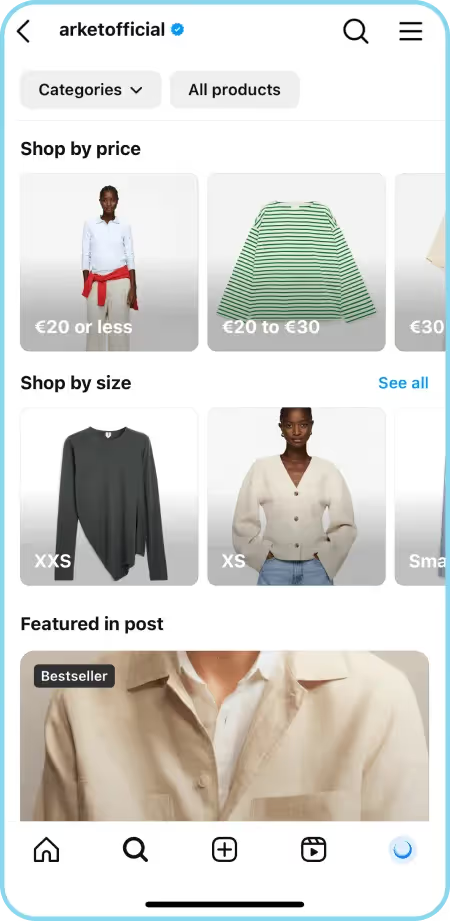
3. YouTube Shopping
YouTube is leaning into social commerce by letting eligible creators tag products directly in videos, Shorts and livestreams. Brands can either sell through their own channel or partner with creators to tap into engaged audiences. The format makes it perfect for high-consideration purchases or products that benefit from a longer demo and explanation.
While YouTube recently discontinued product tagging for brand-owned channels, creators in the YouTube Partner Program can still feature shoppable links through affiliate partnerships or Google Merchant Center integrations. This shift emphasizes the power of creator-led shopping and reinforces YouTube’s role in influencer-driven commerce.
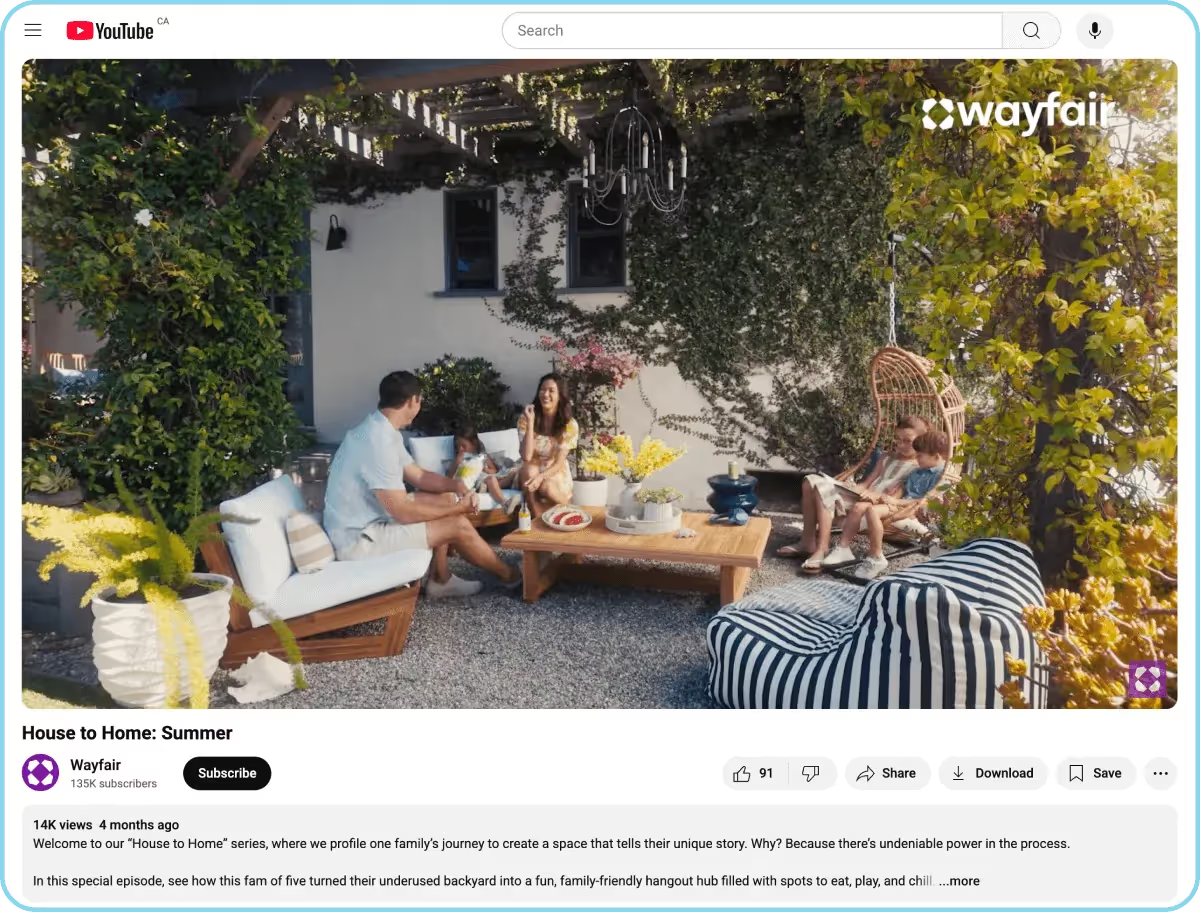
4. buywith
Buywith is a livestream shopping platform that connects brands with creators, influencers and regular people real time product demos and Q&As. What sets it apart is its emphasis on co-shopping, meaning viewers can invite friends to shop together, interact with hosts and make decisions in real time.
It works especially well for beauty, fashion and home categories, where live product context can reduce friction and boost conversions. While it’s not a shopping network per se, buywith brings the social element into shopping experience in a way that mimics the feel of TikTok Live’s urgency and community.

5. LikeShop
If TikTok Shop disappears, LikeShop gives brands a reliable, conversion-focused home for social commerce. It acts as a link-in-bio solution that brings together your product pages, featured content and social posts in one clean, shoppable hub.
Unlike TikTok Shop, which keeps users inside the app, LikeShop drives traffic directly to your site. That means full control over the customer experience, cleaner data and more flexibility with how you merchandise and promote products. Whether you're sharing Instagram Reels, Pinterest Pins or YouTube Shorts, LikeShop makes it easy to connect content to commerce. For brands building a multi-platform strategy, it’s a simple but powerful tool for driving conversions.
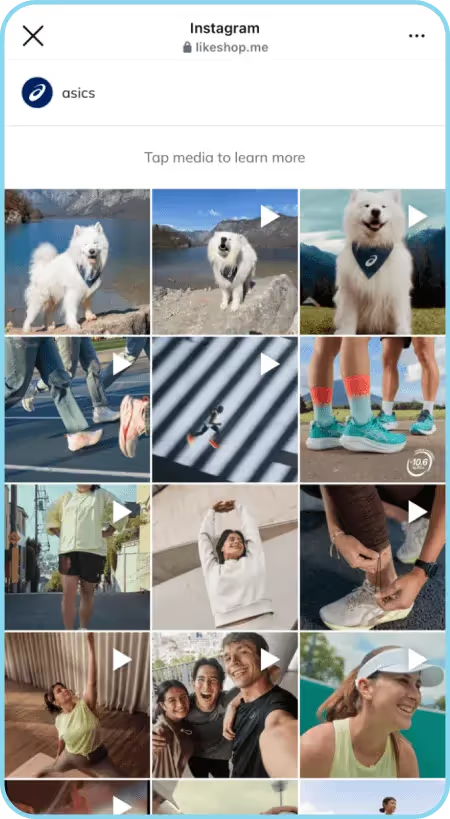
Tips for Navigating the TikTok Ban
With a potential TikTok ban looming, here are some tips to keep in mind to make a (potential) move from TikTok to another platform as smooth as possible.
Link to Key Product Pages from Social
TikTok Shop has quickly become a powerhouse in social commerce and brands looking to maintain that momentum must lean in to strategies that help them stand out and encourage a smooth buying journey in a crowded space. Linking to product pages from your social accounts through Shoppable Galleries, product tagging and promoting key product pages on your LikeShop page can help take consumers from interest to purchase.
A strong, differentiated presence is critical — whether the ban goes through or not.
Use Strong CTAs Across Website and Social
If you're shifting platforms, you can’t afford to let potential customers slip through the cracks. Clear, persuasive and compelling calls to action (CTAs) keep your audience moving in the right direction, especially when they discover your brand through new channels.
It’s important to make it obvious what the next step is, without being overly ‘salesy’. This could be with language like ‘shop the look’, ‘add to cart’ or ‘read reviews’. These CTAs should encourage users to take the next step and why they should care. Keep language direct, value-focused and consistent across each social and sales touchpoint. Play around with placement, too; don’t be afraid to try out top-of-page banners, differently-designed product page buttons and link in bio tools to drive traffic.
Leverage Email Marketing
When platform shifts happen and you risk losing engaged followers, leaning into email marketing can be a valuable alternative. It’s a direct line to your audience that you own, no algorithm required — although, you do need a catchy, persuasive CTA to draw your audience in.
Use emails to highlight product drops, restocks or exclusive content that might have once lived on TikTok, like behind-the-scenes footage, interview tidbits or other exciting short-form videos you know your audience will love. Segment your email list based on demographic factors or relevant interests so it feels personal.
Focus on Social Media SEO
Optimizing your social media content is always a good idea. Social media SEO is even more relevant with platforms like Instagram being indexed by Google to appear in search results — it’s a key to having your content seen by even more people. Optimizing social content means involves tactics like:
- Optimizing your captions with relevant keywords.
- Ensuring captions and titles on YouTube videos are optimized for search terms.
- Use hashtags intentionally, focusing on broad and niche hashtags that reflect terms your audience search for.
- Your social profiles are searchable, try optimizing your profile with relevant keywords.
Repurpose TikTok Content
Don’t let your favorite or best-performing TikTok content collect dust. Repurposing content for social media across other platforms helps stretch your effort and keeps your brand voice consistent. Turn bite-sized TikTok videos into Instagram Reels, Pinterest Idea Pins or YouTube Shorts. You can even reuse stills or quotes for Stories, newsletters or product pages. Repurposing isn’t lazy; it’s smart.
Scale Short-Form Video Performance No Matter the Platform
Whether you're posting to Reels or other platforms, Dash Social's Content Library takes the guesswork out of which content stands the best chance to perform, with Predictive AI for social media content that analyzes your historical performance to determine which content styles, colors and patterns will earn you the most engagement. In fact, brands that published content highly-predicted to perform well saw 74% higher engagement rates than low-predicted content — explore our Social Media Trends Report for more.





